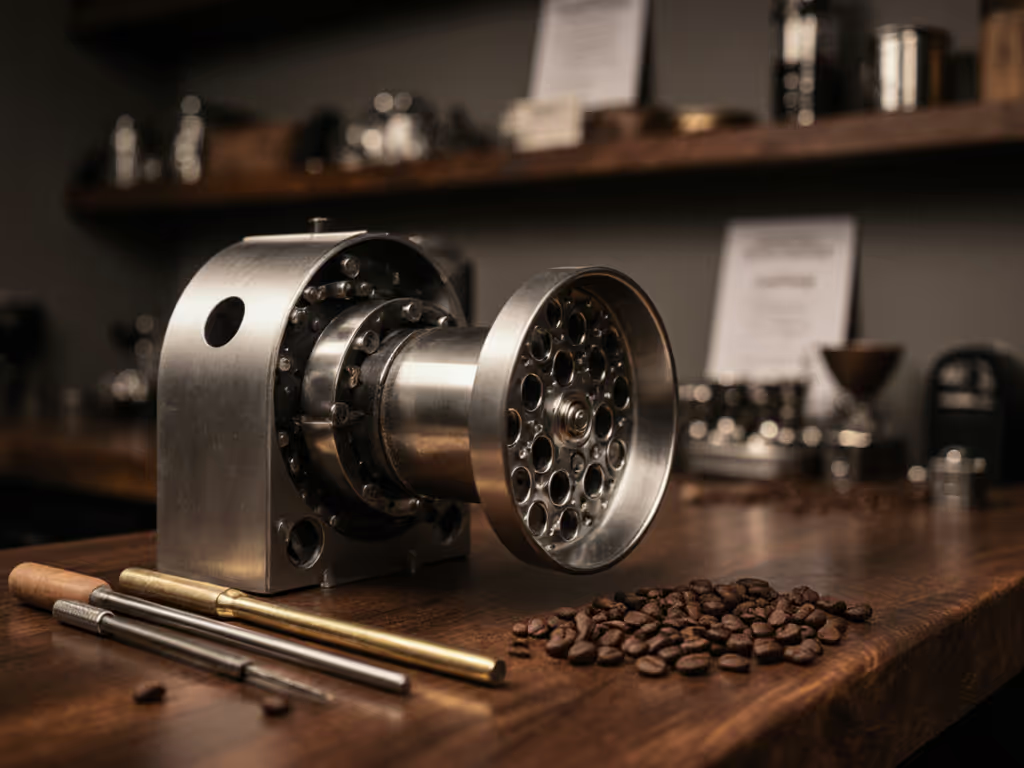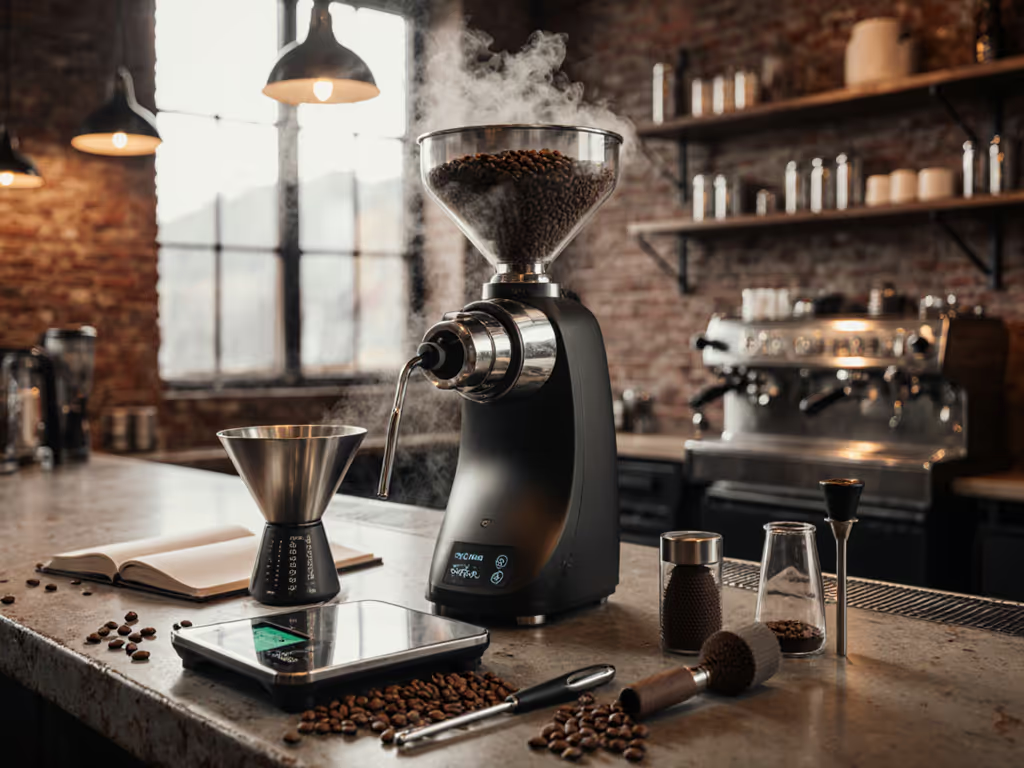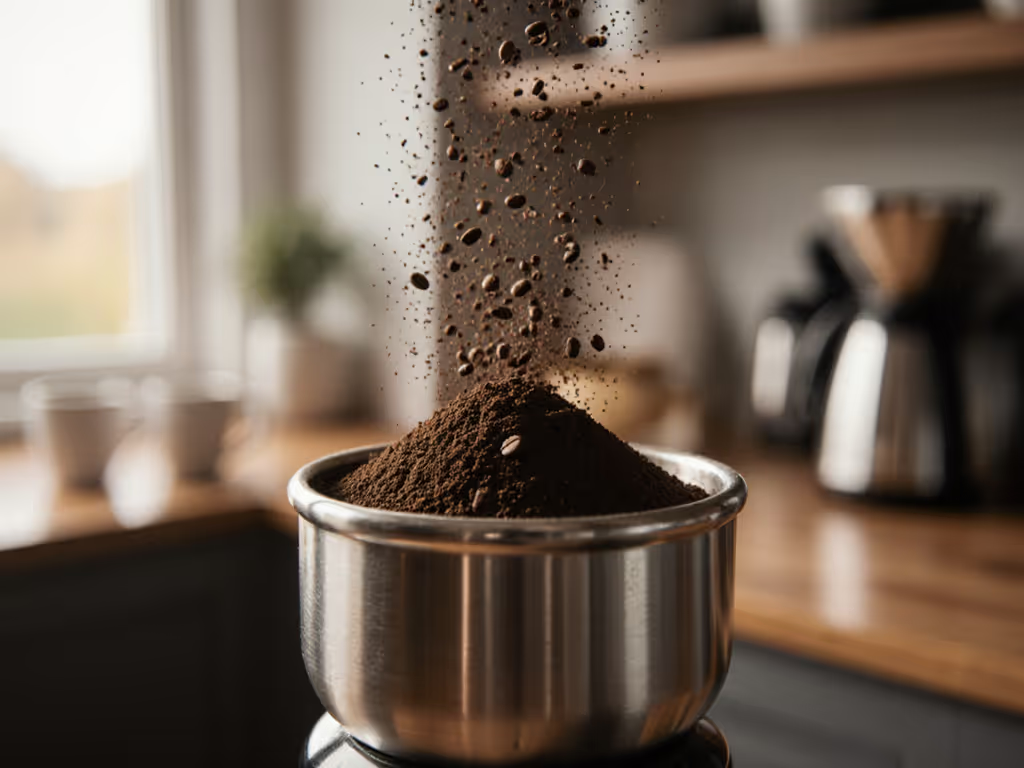
Unlock Cleaner Coffee: SSP Burr Upgrade Guide
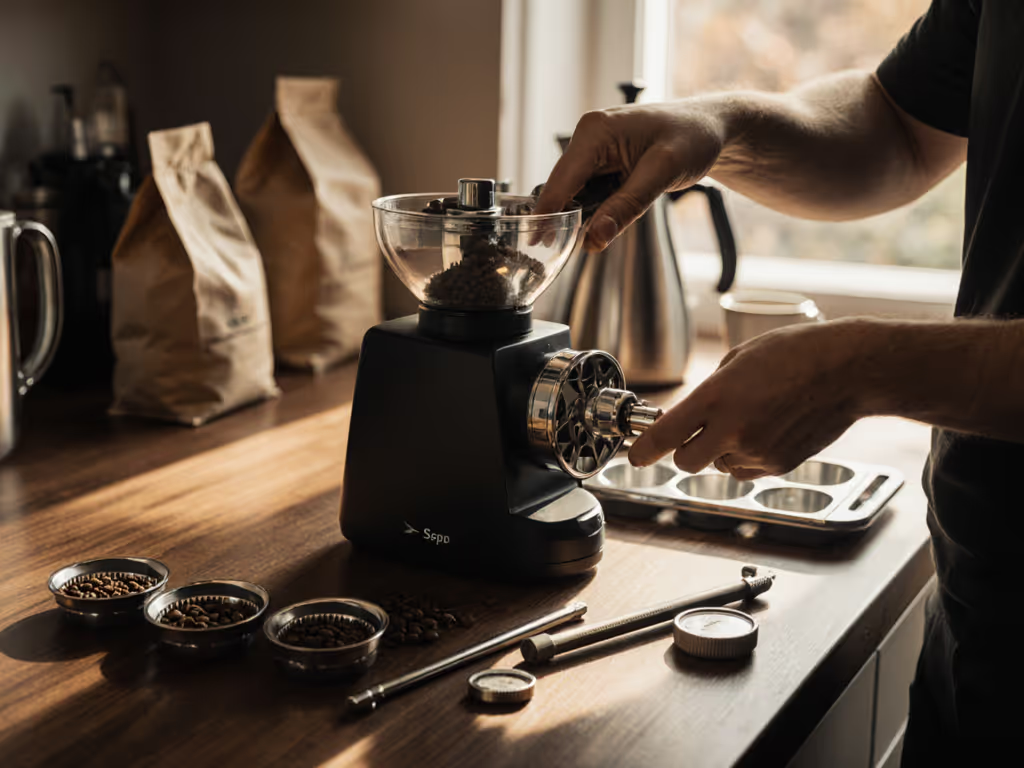
Ever feel frustrated when your morning brew lacks that clean, nuanced flavor you know is possible? That inconsistency often traces back to your grinder, specifically the stock burrs that came with it. I've seen countless coffee lovers stuck between wasting expensive beans chasing perfect extraction or shelling out for a whole new machine. DIY grinder upgrades, particularly SSP burr upgrades, offer a smarter path to cleaner coffee without replacing your entire grinder. After logging five years of lifecycle data on my trusty hand grinder (kept alive with a $12 bearing, borrowed alignment jig, and later a $60 burr upgrade), I've learned that the right path to quality coffee isn't about buying expensive gear, but understanding your grinder's potential.
Why Stock Burrs Often Let You Down
Most entry-to-midrange grinders ship with serviceable but ultimately limited steel burrs. These stock components wear faster than you'd expect, especially if you regularly grind more than 5 pounds of coffee per month. The result? Inconsistent particle size distribution, increased fines, and frustrating day-to-day variance that makes dialing in a chore. Consider this transparent cost math: replacing worn stock burrs every 2-3 years at $30-$50 per set adds up to $150-$250 over a grinder's lifespan, plus the cost of wasted beans during inconsistent periods.
What's worse, many grinders have poor burr alignment from the factory, a hidden issue that accelerates wear and compounds performance problems. I've measured grinders where misaligned stock burrs created channeling issues in espresso shots within just six months of regular use. This isn't just about "bad coffee"; it's a cost-benefit analysis of your time, beans, and long-term enjoyment. When your grinder can't deliver consistent results, you're not just losing money on beans; you're losing valuable morning moments chasing what should be a reliable ritual.
Understanding Your SSP Options (Beyond the Marketing Hype)
SSP's Red Speed-coated burrs aren't just another premium upgrade; they're engineered solutions to specific performance bottlenecks. Unlike generic claims about "better taste," these burrs address measurable factors: heat transfer, corrosion resistance (critical for RDT users), and extended cutting edge life. The Red Speed titanium aluminum carbon nitride coating creates a working life exceeding 10,000 pounds of coffee (more than double most stock steel burrs).
Different SSP variants serve distinct purposes:
- MP (Monolith Performance): Optimized for espresso with tighter tolerances
- HU (High Uniformity): Better for filter brewing with slightly wider particle distribution
- Cast Series: For specialty applications where flavor profiling is paramount
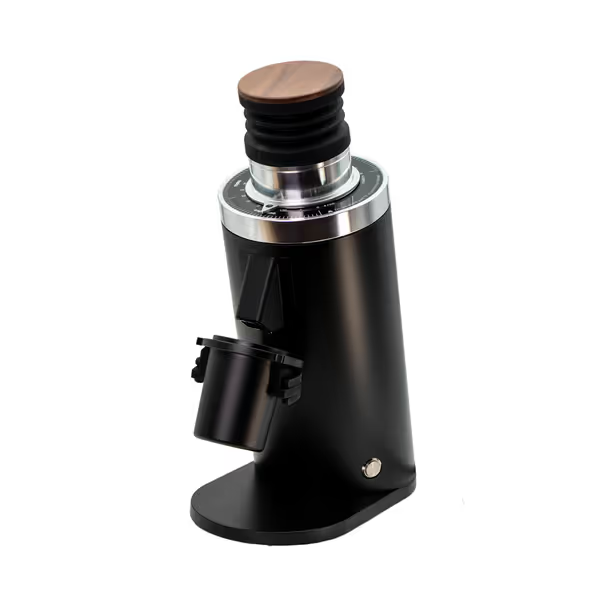
MiiCoffee DF64 II Single Dosing Coffee Grinder
Before investing, verify compatibility with your specific grinder model. While SSP burrs fit many popular machines like the Baratza Encore and DF64 series, improper fitment can cause worse performance than stock. Check SSP's official compatibility charts; they've documented proper torque specs and alignment requirements for hundreds of models. This isn't just about installation; it's about ensuring your grinder modification delivers measurable improvements in particle distribution and flow rate without compromising your machine's warranty.
The Real TCO of Upgrading (Beyond the Initial Price Tag)
Let's cut through the influencer hype: SSP burrs aren't magic. They're tools that work with your grinder's design constraints. A proper cost-benefit analysis reveals they're most valuable for:
- Grinders with adequate motor power (at least 150W)
- Machines with proper burr carrier alignment systems
- Users grinding 5+ pounds monthly (less frequent users see diminished returns)
Take the Baratza Encore, a solid workhorse that many consider "espresso capable" with stock burrs. But with 40mm conical burrs, its true espresso range is narrow. An SSP upgrade for this model costs approximately $120, but extends its espresso viability by 3-4 years. That's $30/year versus the $50-$75 you'd spend annually replacing stock burrs while still chasing inconsistent results.
"Buy the path, not just the spec sheet" (this is where many coffee enthusiasts misstep).
Don't overlook the sustainability lens here: extending your grinder's useful life through strategic upgrades reduces e-waste and preserves your initial investment. I've documented cases where strategic burr upgrades added 5+ years of reliable service to otherwise dated grinders, making the effective cost per year of ownership dramatically lower.
Practical Installation Insights From the Trenches
Most SSP burr guides focus on installation steps but skip the critical nuances that make or break your upgrade. Based on installing dozens of sets across various grinders, I've found these often-overlooked factors determine success:
- Thread protection: Always turn your grinder to coarsest setting before removing burrs to prevent cross-threading during reassembly
- Mounting surface prep: Clean mounting surfaces with isopropyl alcohol (embedded coffee oils create microscopic wobble)
- Torque sequence: Tighten screws in star pattern to 1.2-1.5 Nm (not finger-tight!) using a precision torque wrench
Proper calibration matters more than the upgrade itself. After installing SSP burrs in a DF64 variant, I found grinding times dropped from 19.5 to 7.5 seconds for double shots, but only after precise calibration. Rush this step, and you'll think the upgrade failed. Allow 5-10 pounds of coffee to properly seat the new burrs before final calibration.
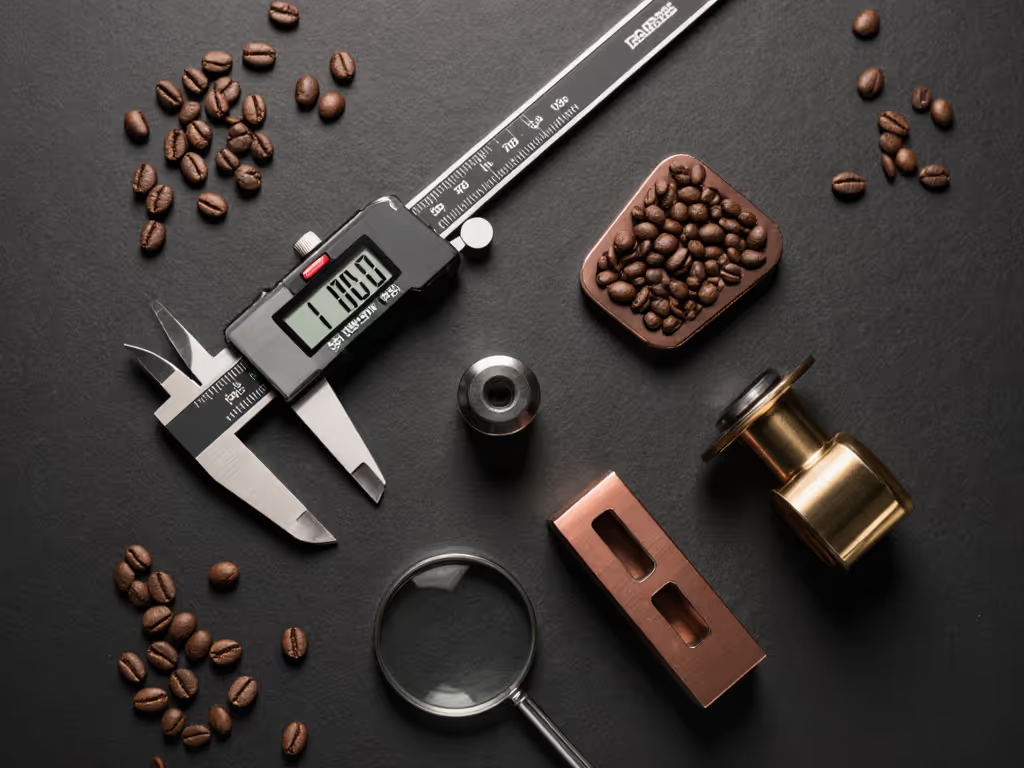
Create a maintenance schedule specific to your upgraded grinder: clean burr carriers monthly (not just the chamber), check alignment quarterly, and log grind settings for different beans. For a step-by-step routine, follow our grinder cleaning and maintenance guide. This isn't coffee snobbery; it's pragmatic ownership that prevents the "mystery inconsistency" that plagues so many home baristas.
Is an SSP Upgrade Right for Your Grinder?
SSP burrs deliver their best value when three conditions align: your grinder has sufficient motor power, your usage justifies the investment, and you're willing to perform proper calibration. For occasional pour-over users grinding <3 pounds monthly, stock burrs may suffice. But if you're chasing consistent espresso or nuanced filter coffee across multiple bean varieties, the performance enhancement often justifies the cost.
Before ordering, ask yourself:
- Does my grinder have alignment issues with stock burrs?
- Am I grinding enough coffee to wear out burrs within 2 years?
- Can I commit to proper installation and calibration?
If you answer "yes" to two or more, an SSP upgrade likely makes sense. Document your baseline performance first: grind times, retention measurements, and taste notes, so you can objectively measure improvement. To understand and minimize leftover grounds, see grinder retention explained. This isn't about chasing perfection; it's about making informed choices that fit your actual coffee routine.
Remember: ownership experience matters more than launch specs. A modest grinder thoughtfully upgraded beats a premium machine struggling with stock components. As my five-year grinder experiment proved, buy once or buy right (and sometimes, buying right means upgrading what you already own rather than replacing it entirely). Your next step? Check SSP's compatibility database for your specific model, then track one week of your current grinder's performance. Those numbers will tell you more than any influencer review ever could.

